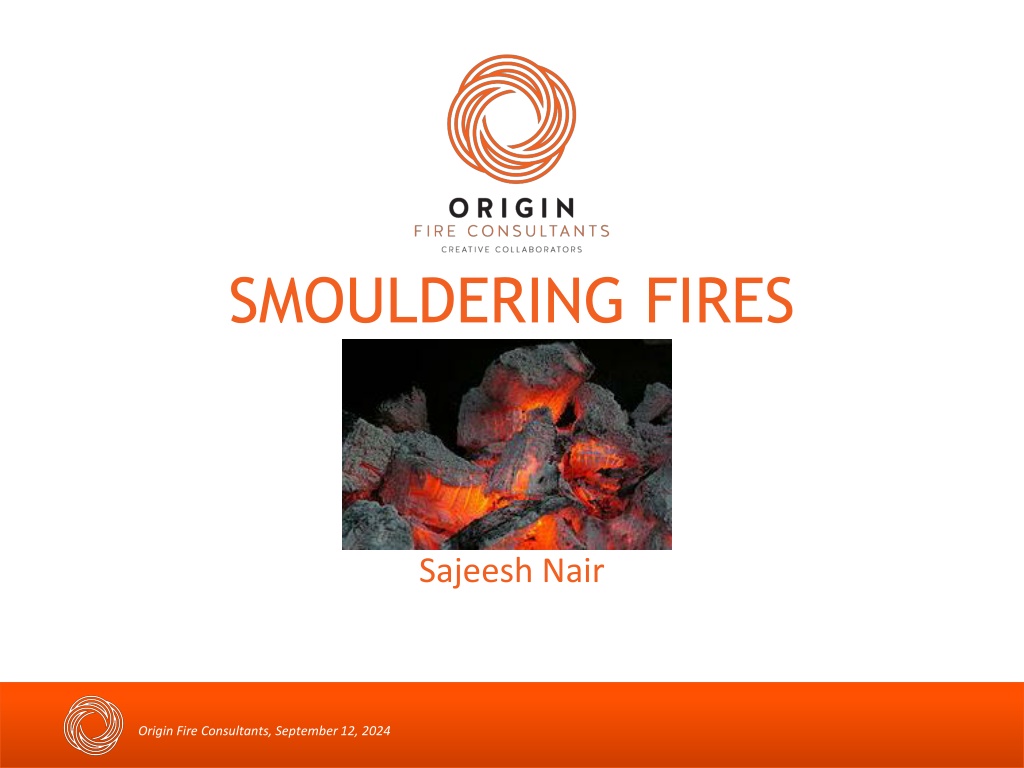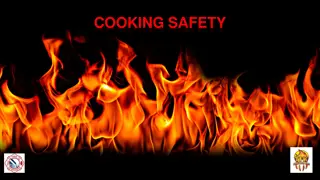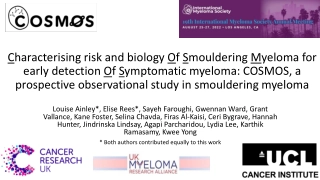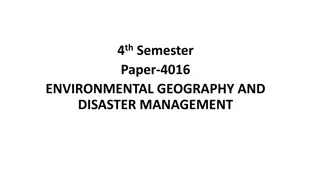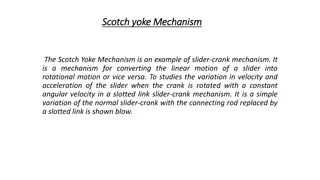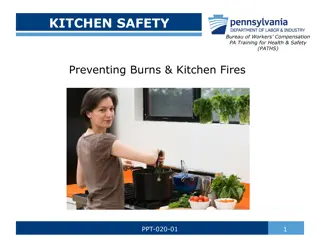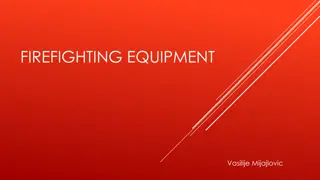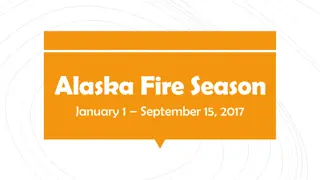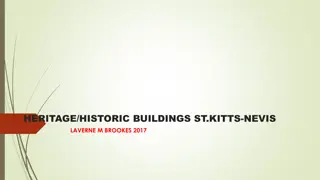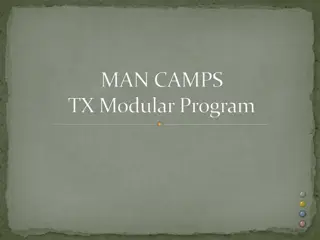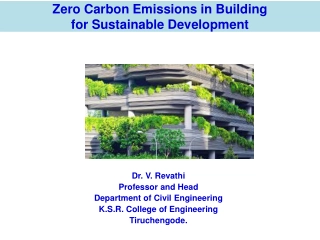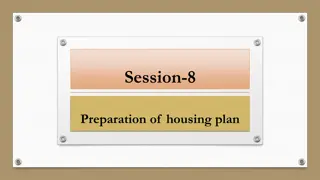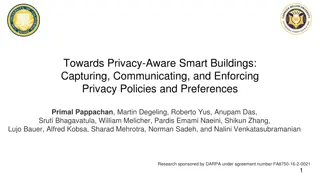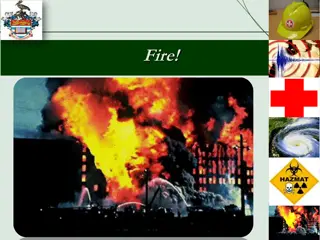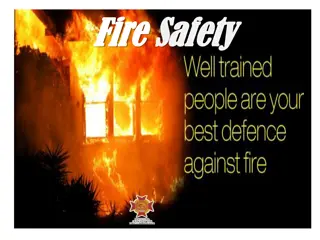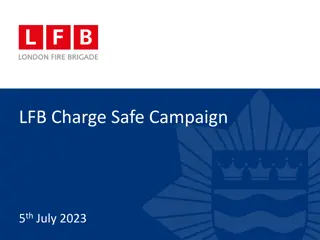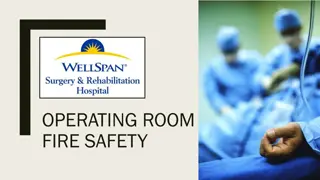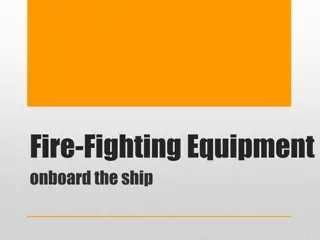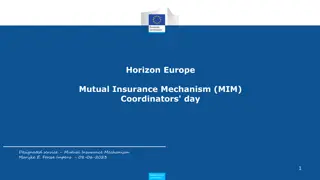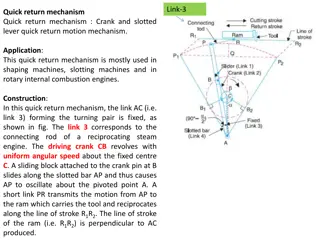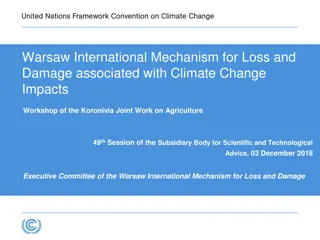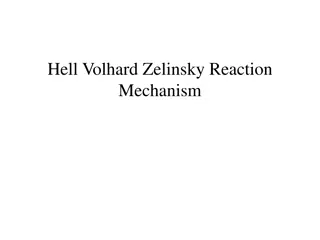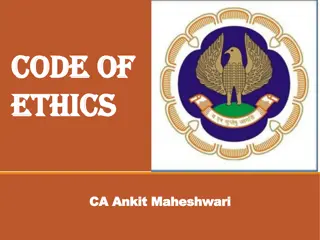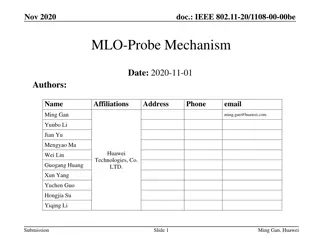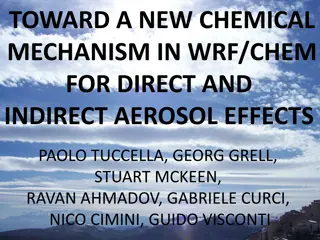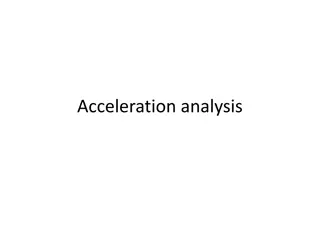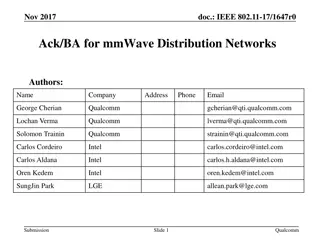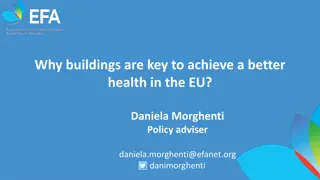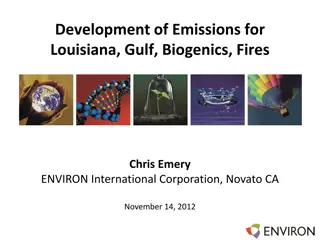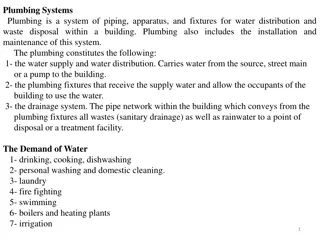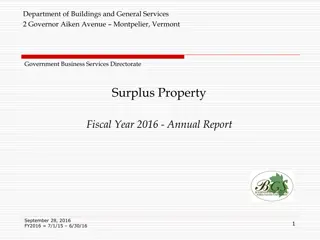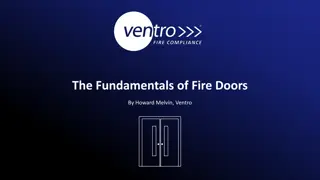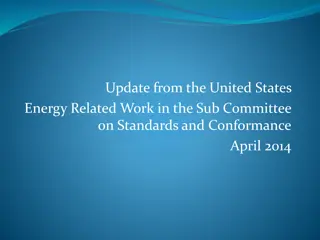Understanding Smouldering Fires in Buildings: Impact, Mechanism, and Characteristics
Explore the potential dangers of smouldering fires in buildings, their slow-burning nature, and the impact on occupants. Learn about the mechanism of smouldering combustion, its characteristics including low temperature and spread rate, and sources of information from the SFPE Handbook. Discover how passive fire defects can exacerbate smouldering fires and the importance of addressing such issues for building safety.
Download Presentation

Please find below an Image/Link to download the presentation.
The content on the website is provided AS IS for your information and personal use only. It may not be sold, licensed, or shared on other websites without obtaining consent from the author. Download presentation by click this link. If you encounter any issues during the download, it is possible that the publisher has removed the file from their server.
E N D
Presentation Transcript
SMOULDERING FIRES Sajeesh Nair Origin Fire Consultants, September 12, 2024
Contents INTRODUCTION DESCRIPTION OF DEFECT SMOULDERING FIRE MECHANISM MODELLING ASSESSMENT RESULTS CONCLUSION Origin Fire Consultants, September 12, 2024
INTRODUCTION Type 7 alarm system (Type 5 in Apartments) Existing Building with Passive Fire Defects Modelling was done to examine the impact on occupants due to smoke spilling into adjacent apartments if defects were not fixed C/VM2 Sprinkler Controlled fire Smouldering Fire (Lots of smoke. Doesn t activate sprinklers or building evacuation) Origin Fire Consultants, September 12, 2024
PASSIVE FIRE DEFECT IN INTERTENANCY WALL Origin Fire Consultants, September 12, 2024
SMOULDERING FIRE MECHANISM Smouldering is slow, low temperature, flameless form of combustion where heat is released when oxygen directly attacks the surface of solid fuel. Common in porous fuels which form a char on heating (cellulosic insulation, polyurethane foam) Ref: SFPE Handbook of Fire Protection Engineering, 5th Edition, Chapter 19 - Smouldering Combustion Origin Fire Consultants, September 12, 2024
SMOULDERING FIRE CHARACTERISTICS lower temperature and spread rate compared to flaming combustion. Effective heat of combustion is in range from 6 to 12MJ/kg . Heat Release Rate Per Unit Area(HRRPUA) on burning front 10 to 30kW/m2 Larger Duration (1 hour to 3 hours for single bedroom compartment) Buoyant plume is weak due to low heat release rate and smoke may not reach the ceiling Ref: SFPE Handbook of Fire Protection Engineering, 5th Edition, Chapter 19 - Smouldering Combustion Origin Fire Consultants, September 12, 2024
SOURCES OF INFORMATION (SFPE Handbook 5th Ed) A mattress fire is considered as it can provide fire with a slow growth rate but burn for a long time. The peak HRR is 40kW for cotton padding material(SFPE Handbook 5th Ed, Table 26.15) The peak HRR for mattresses which smouldered were in the range of 26kW to 60kW (SFPE Handbook 5th edition Table 26.17). Origin Fire Consultants, September 12, 2024
SOURCES OF INFORMATION (Lund University) Lund University (Ref: Staffansson.L.(2010). Selecting design fires. Department of Fire Safety Engineering and Systems Safety, Lund University, (refer Section 10.1)). Expected Peak Heat release rate(after 1 hour) Origin Fire Consultants, September 12, 2024
CHOSEN SMOULDERING FIRE CHARACTERISTICS Spread rate of 9mm/min (instead of 6mm/min) After 1 hour spread up to 540mm Total area affected 1.18mx1.18m=1.39m2 For HRRPUA of 30kW/m2 Peak heat release rate =30kW/m2x1.39m2 = 42kW Origin Fire Consultants, September 12, 2024
SMOULDERING DESIGN FIRE Peak heat release rate 42kW HRRPUA of 30kW/m2 Hc = 12MJ/kg Ysoot = 0.15 kg/kg Yco = 0.5 kg/kg Origin Fire Consultants, September 12, 2024
SMOULDERING FIRE B-RISK MODEL Intertenancy Wall gaps 5mm high 10mm high 20mm high Origin Fire Consultants, September 12, 2024
SMOULDERING FIRE FDS MODEL Recessed lights in the GIB ceiling appear to be well sealed but 50% leakage is assumed around the light fittings to be conservative. Origin Fire Consultants, September 12, 2024
RESULTS Smouldering fire (B-Risk Model) Vent Size Adjacent Unit Smoke detector activation time Adjacent Unit ASET(s) ASET Smoke Detection time 5mm vent 24mins 46.6mins 22.6 mins 10mm vent 23.5mins 45.8mins 22.3 mins 20mm vent 21.6mins 45.1mins 23.5 mins Smouldering fire (FDS Model) Vent Size Adjacent Unit Smoke detector activation time Adjacent Unit ASET(s) ASET Smoke Detection 20mm vent 21.6mins 43.3mins 21.7 mins Origin Fire Consultants, September 12, 2024
SMOULDERING FIRE FDS Snapshots 3D Smoke output@4mins 3D Smoke output@15mins 3D Smoke output@30mins 3D Smoke output@46mins Origin Fire Consultants, September 12, 2024
SMOULDERING FIRE - CONCLUSION Smouldering Fire assessment was carried out to increase our understanding of the risk faced by occupants in the adjacent units due to incomplete fire stopping works on intertenancy walls(5 to 20mm) Smouldering fires are small and have slow growth rate due to low heat release rate. Smouldering fires are small and have slow growth rate due to low heat release rate. fire Smouldering C/VM2 fire Effective Heat of Combustion ( Hc) CO yield 6-12MJ/kg 20MJ/kg 0.5kg/kg 0.04kg/kg (preflashover) 0.4kg/kg (postflashover) Soot Yield 0.15kg/kg 0.07kg/kg (preflashover) 0.14kg/kg(postflashover) Origin Fire Consultants, September 12, 2024
SMOULDERING FIRE - CONCLUSION The increase in vent size resulted in more smoke spilling into adjacent apartment and earlier activation of smoke detectors. There is approximately 22 minutes available for evacuation of occupants in the adjacent apartments after their smoke detector activates before conditions become untenable which is a considerable amount of time for egress compared to the 5 minutes C/VM2 premovement time. Origin Fire Consultants, September 12, 2024
THANK YOU! See you soon :) Origin Fire Consultants, September 12, 2024
